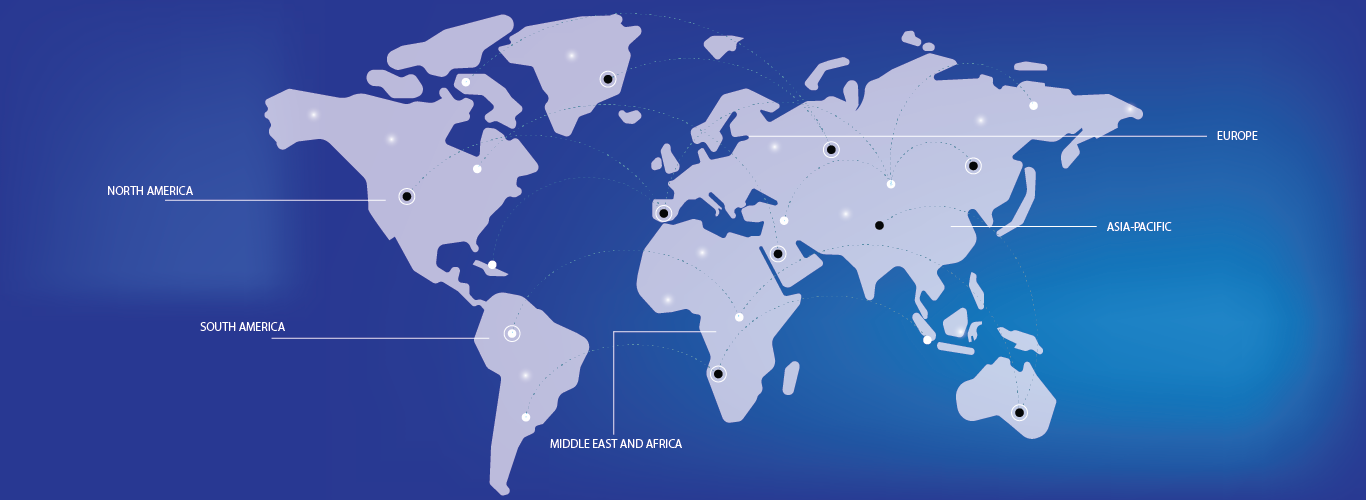- The small-scale liquefied natural gas (LNG) market is witnessing robust growth, primarily driven by its growing role in energy diversification, especially in regions with limited access to natural gas pipelines. Small-scale LNG is gaining traction for transportation, industrial use, and as a clean alternative fuel, offering environmental and cost benefits over traditional fuels.
- Key factors driving market expansion include increased demand for LNG in marine applications, particularly for LNG-powered vessels, and the rising adoption of LNG in the road and rail transport sectors. In addition, regulatory support for decarbonization, including carbon tax policies and subsidies for LNG infrastructure, is fueling growth
- For instance, in November 2023, Elengy launched a small-scale LNG carrier loading service at its Fos Tonkin terminal in France, enhancing distribution capabilities and demonstrating growing demand for small-scale LNG in the region
- Globally, the small-scale LNG market is evolving with significant advancements in LNG liquefaction and regasification technologies, making it more cost-competitive and accessible. Companies are focused on expanding infrastructure, reducing LNG supply chain costs, and improving the efficiency of liquefaction processes to meet growing demand from industries and transportation

Frequently Asked Questions
The major factors driving the growth of the small-scale liquefied natural gas (LNG) market is the increased demand for energy security and diversification.
The primary challenges in the small-scale liquefied natural gas (LNG) market include high initial infrastructure costs.
China is expected to dominate the small-scale liquefied natural gas (LNG) market because it has a well-established LNG infrastructure and is rapidly expanding its domestic LNG distribution networks, especially for transportation and industrial sectors.
Asia-Pacific dominates the small-scale liquefied natural gas (LNG) market because of the increasing business expansion and awareness among the customers along with the growing demand of the small-scale LNG in transportation within the region.
Canada is expected to witness the highest compound annual growth rate (CAGR) in the small-scale liquefied natural gas (LNG) market. This growth is attributed to its significant investments in LNG infrastructure, including projects such as LNG Canada, Woodfibre LNG, and Cedar LNG.




